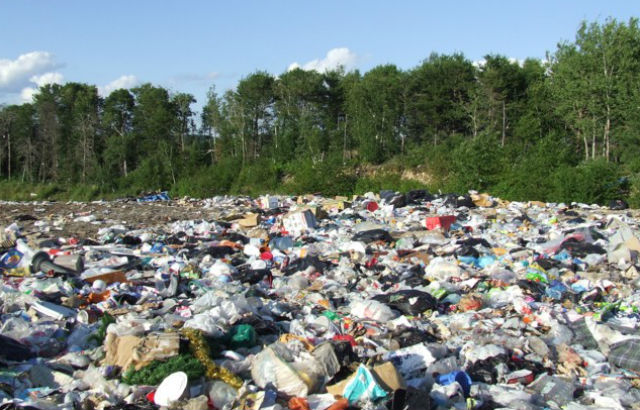There are over 20,000 landfill sites across the UK and this number is growing. Of those, more than 1,200 are historic landfill sites which are located by the coast and as Countryfile has shown, are now posing a serious pollution risk.
Coastal erosion and landfill
Previous research by Queen Mary academics has revealed that nearly one in ten historic coastal landfill sites in England are at risk of erosion. Dr Kate Spencer, Professor of Environmental Geochemistry at Queen Mary’s School of Geography said: “Our research shows the hidden impact on the immediate coastal environment.
“We studied eight landfills in detail in the Thames and we found that every single one of them is surrounded by a small halo of low level pollution. It is a time bomb.
“When this waste was placed in landfills we had little understanding about coastal erosion, sea level rise and climate change. This problem is going to get worse.
“We need to think about how we manage these sites now for the next 50 years.”
Long-term solutions unclear
Queen Mary’s research has been influential in the latest guidance on the management of landfill sites from the Construction Industry Research and Information Association (CIRIA) although long-term strategies to mitigate erosion at historical landfill sites remain to be found.
Dr James Brand, Honorary Research Fellow at Queen Mary’s School of Geography said: “If landfill waste ends up in salt water, rather than fresh water, it releases a lot more metals. What is of concern is that these leachates are passing through all the ecological sites that surround these types of landfills, and it could be potentially very harmful.”
Dr Kate Spencer added: “We need to identify those sites that pose the biggest risk and until we do that, we are in a holding position. We need to maintain sea defences and ensure that these sites don’t erode and are not flooded by salt water.”
More information



